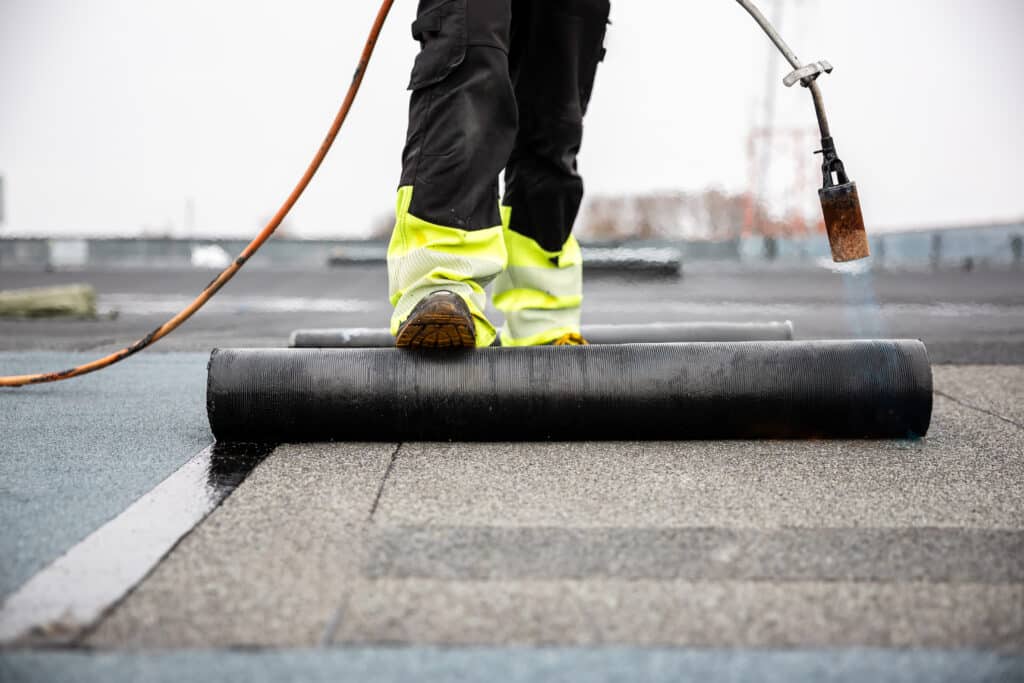Carbon retrofits on a budget
Two solutions that delivered results
Contributed Content on October 1, 2025
- Theme
- Member Profiles
Canada’s journey to net-zero is unfolding where people live, work, and gather—inside the country’s 16 million homes, across our vast commercial landscape, and countless community buildings. Many of these spaces are aging, inefficient, and costly to maintain. But within that challenge lies opportunity: every retrofit or upgrade is a chance to cut carbon. The question is how to seize these opportunities at scale and speed.
According to the RBC Climate Action Institute, Canadians need to cut 197 Mt of CO₂ emissions by 2030 to meet the Federal Government emissions target of 439 Mt. At 89 Mt, the building sector is Canada’s third largest emissions contributor and offers much opportunity for carbon leadership.
Residential buildings (16 million) far exceed commercial and institutional (564,000) and government (34,000) buildings. 33 percent (5.35 million) of residential buildings are apartments, and they are compelling for four reasons:
- Fuel Type: 49% are powered by electricity, the remainder (2.6 million) by natural gas, heating oil, or other.
- Age: 67% are constructed before 2000 – at the 25-year mark, they are ripe for major equipment renewals, an opportunity for efficiency upgrades/fuel switching.
- Health Impacts: 52% of renters lack air conditioning, with at least 46% citing cost as the barrier. The health impacts of overheating (+26°C) are well documented; carbon retrofits offer an opportunity to improve health, equity, safety, and dignity.
- Capital Cost: Low-carbon HVAC and electrical upgrades may cost ~+46% more than like-for-like equipment replacement; adding triple pane windows may be an additional ~15%, (although triple and double pane costs are nearly equal over a 40-year time- period) and cladding/roofing are additional costs.
Given the scale of apartments requiring end-of-life renewals, it’s worth examining cost and carbon mitigation strategies in tandem, even if they come from other building types.
Turning renewals into climate wins
WSP collaborated with Oxford Properties Group on renewals for five industrial buildings in Vaughan, Ontario, totalling over 185,806 square metres. After conducting detailed roof condition assessments, we reused the existing air and vapor barriers, insulation, and protection boards, enhanced the details at transitions and penetrations, and only replaced the roofing membrane. The results were substantial. Work at two of the buildings avoided over 540 tonnes of landfill waste, reduced carbon emissions by over 450 tonnes of CO₂e and saved approximately $7 million compared to a full roof assembly replacement.


The power of innovative financing
WSP is collaborating with Peel Housing on phased (~3-4 year) deep carbon retrofits for multiple supportive housing apartments circa 1980s, with the potential opportunity to receive funding by FCM’s Green Municipal Fund, covering approximately 80 percent of total costs up to $5 million, and CMHC’s Canada Greener Affordable Housing – Retrofit Funding, covering almost100% of total costs up to $170,000 per unit.
Our phased decarbonization measures were chosen for their lower overall costs, and include improved doors, HVAC and electrical equipment and like-for-like double pane window replacements; net present value totals 2.3 times more than the business-as-usual value.
Renewing building systems can enhance resident health and safety, while simultaneously reducing carbon emissions and capital costs through a materials recovery mindset and innovative financing.
Contributed by:
Paul Carter, Project Director, Building Sciences
Veronica Owens, Interim Market Lead – Sustainability & Energy.

